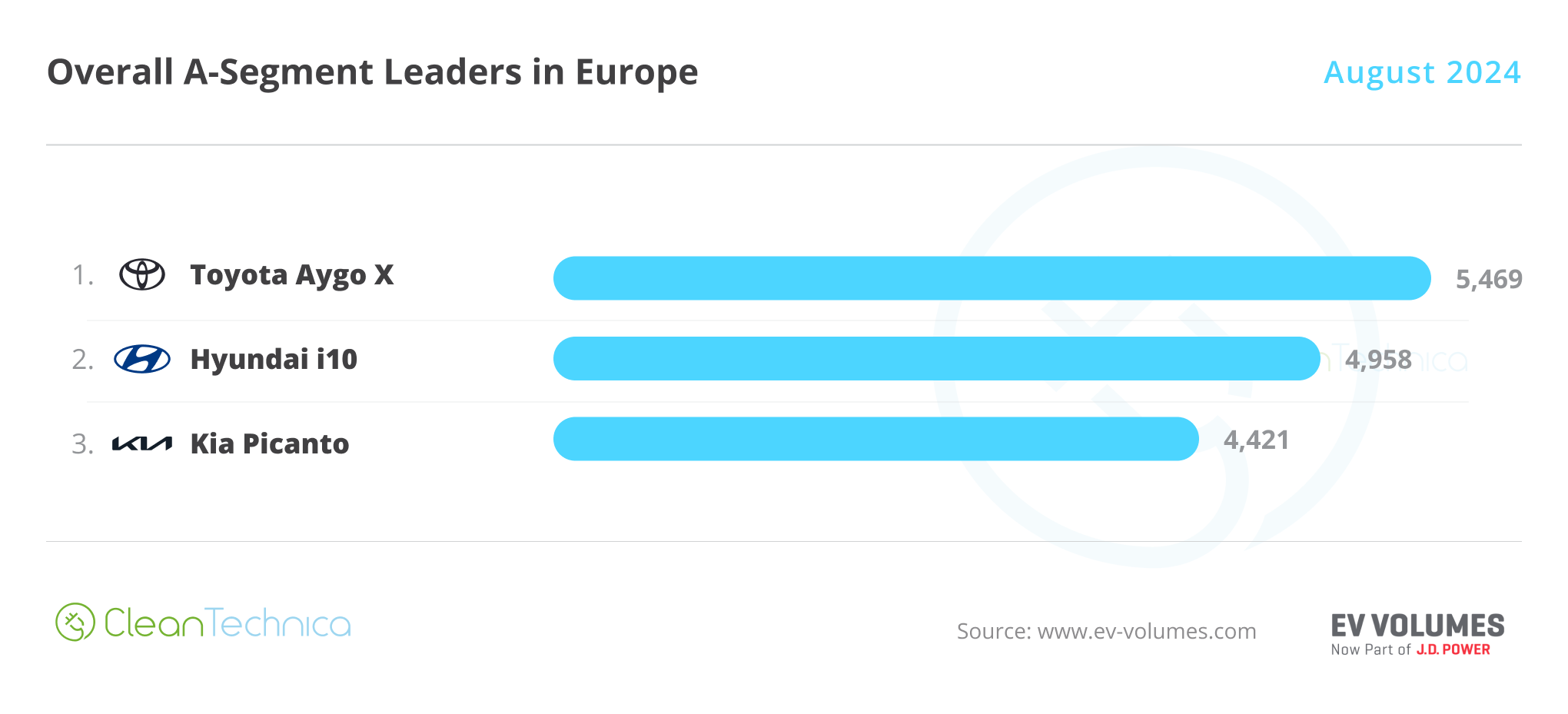Every day, the US student transportation system takes more than 24 million K–12 students to and from school. That’s nearly half of all students in US public schools.
There’s no question this is an essential service. US student transportation serves as a vital tool for districts tackling chronic absenteeism (defined as missing 15 or more days in a school year). A major barrier to student engagement, chronic absenteeism affects 14.7 million students from diverse backgrounds and has doubled overall since the COVID-19 pandemic.
But it’s also a service with challenges. In recent years, districts have struggled to improve student experience and safety, navigate driver shortages, optimize operations, attain net-zero-emission targets, and meet the complex transportation requirements of high-need students. Addressing these issues requires consistent investment from school systems.
This article digs into these challenges and offers examples of innovative solutions that could help districts make the most of their investments in transportation. Strategic insights from innovative technologies and partnerships could help district leaders, state and federal agencies, and student transportation providers navigate these challenges more effectively in the coming decade.
To read the full article, download the PDF here.




